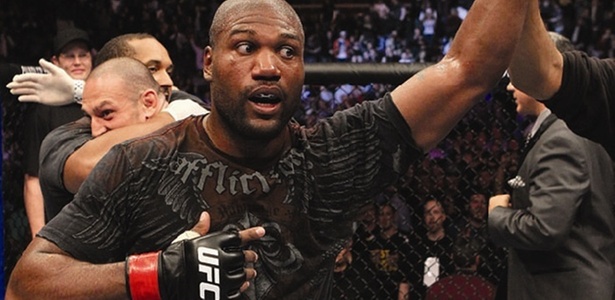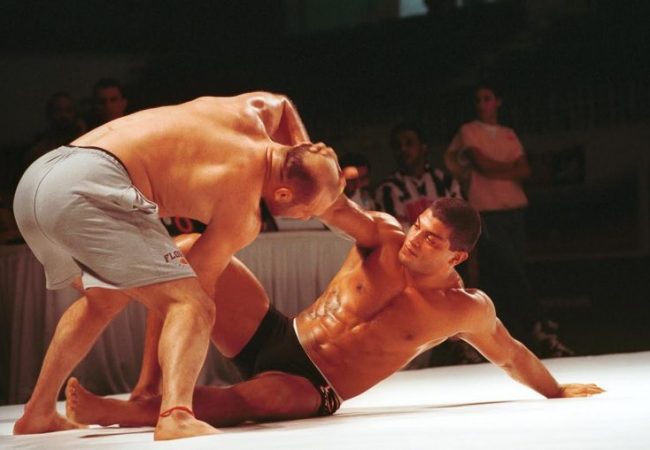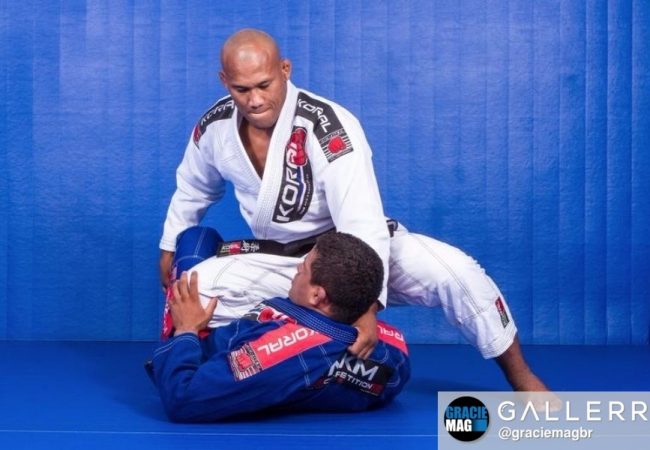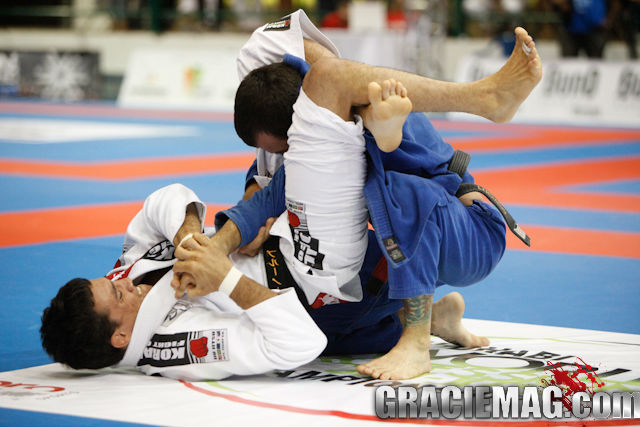(By Professor Fabricio Monteiro*)
The current MMA point system basically sticks to the boxing tradition, where three judges usually attribute 10 points to the winner of each round and 9 or less to the opponent, producing some, at the very least, controversial and dubious results in some of the world’s biggest events.
The current criteria for awarding points basically adheres to the “Unified Rules of Conduct in MMA” established in 2000 by the New Jersey State Athletic Commission (NJAC), which take into account the athletes’ technique, like effective striking, effective grappling, ring control, effective aggressiveness, and defense.
However, the judges tend to assess the fight in a very subjective manner, most of the time awarding only a 1 point difference to the winner, whether he was superior in all the aforementioned criteria or in just one of them.
The characteristics of MMA allow for an uncountable array of techniques, styles, ways of fighting, making the style quite eclectic, and quite different from boxing. For example, how would one use the said criteria to judge a situation where a muay thai specialist uses his fists, elbows, knees and legs against a Jiu-Jitsu expert who manages to wrestle him to the ground a number of times, use ground and pound-style strikes, or when the grappler creates some opportunities to apply joint locks or chokes? And what if both of them got the better of their opponent with their respective skills over the course of the round? How does one judge this fight?

Rampage himself suprised to have won the judges’ decision over Machida at UFC 123. Photo: Josh Hedges.
I’ve identified one of the problems in this subjectivity of criteria as being each judge’s understanding of what a good fight is. Each judges according to his view of the sport – that is, according to his own criteria.
Now imagine a new point system, with six criteria that should be considered separately and independently, seeking greater objectivity and clarity. They are basically the same ones set forth by the NJAC, but each of them judged separately, in the following manner:
– Superiority in striking: Awarding points to the fighter who throws the most strikes that put the opponent in danger, who imposes his technique and demonstrates a broader and better repertory, strings together good combinations using the arms and legs.
– Takedowns: Awarding points to the athlete who takes his opponent down more times and to greater effect on the ground, or to the one who manages to successfully defend his opponent’s takedown attempts.
– Ground superiority: Judging the action playing out on the ground separately from the standup action. The following should be considered: successfully passing guard to arrive at superior positions, strikes landed via ground and pound, application of locks and chokes that put the opponent in danger, as well as guard replacement and reversals (sweeps) and effectively defending locks.
– Effective striking: Awarding points to the fighter who lands the greatest number of hard strikes on his opponent, visibly wounding or stunning him, both while on the feet and on the ground, also counting knockdowns achieved during standup fighting.
– Aggressiveness: Awarding points to the athlete who moves forward in attack, forces the action, attempts to corner his opponent, presents greater danger, accepts a straight-up fight, and strikes with momentum. Or, on the ground, the fighter who takes the most initiative, who alternates guard-passing moves with hard strikes, and who is efficient in not allowing his opponent room in which to move.
– Ring (or cage) control: Awarding points to the athlete who controls the pace and positioning of the fight; who, when standing, sets the range and imposes his moves, and, when on the ground, uses space in his favor. Another item to take into consideration is clinch control.
Once each criterion has been evaluated separately, then the judge can attribute, round by round, 1 point to the fighter who was superior in each of them, or 1 point to each should they be even, or even 0 should neither of the athletes perform the techniques satisfactorily.
For example, Fighter A did a better job of striking, landing more blows, being more aggressive and exhibiting better ring control. On the other hand, his opponent, Fighter B, landed two takedowns and had a superior display on the ground, landing a lot of hard strikes from ground and pound and stunning his opponent.
In this hypothetical case, we have 1 point for superior striking, 1 point for aggressiveness, and 1 point for ring control, coming to 3 points for Fighter A. Now Fighter B managed 1 point from takedowns, 1 point from ground control, and 1 point for effectiveness, also coming to 3 points. We thus have a 3-3 draw in this round.
This way there would be 6 points on the line in each round, which could end in a 6-6 draw if they are even across the board. But in the case of an even fight, but with one of the athletes leading by one takedown, he wins the round by 6-5. And, should great superiority be demonstrated, with one of the fighters drubbing the other, leading in all criteria, he may win the round by 6-0.
The aim of this new proposal is to contribute to the development and evolution of the existing rules. But I recognize that breaking from the boxing point system should play a part in this constant growth and evolution, giving rise to rules proper to MMA.
Should major American events not yet be apt to take on a new point system, that shouldn’t keep Brazilian pioneering from, once again, rearing its head. An initiative like this one would serve as an important reference for big events the world over. Brazil is already the soccer nation and, furthermore, we have Jiu-Jitsu and capoeira. Perhaps it’s time we get into fighting once and for all, to again become an MMA nation!
* Masters in physical education from the state university of Campinas (UNICAMP), kung-fu instructor, coordinator and teaching staff member for the Estácio UniRadial university Education Department, physical education teacher at São Paulo municipal school network, and council to São Paulo educators union (SINPEEM). Email: fa.mont@hotmail.com and www.twitter.com/@fabriciomont.




